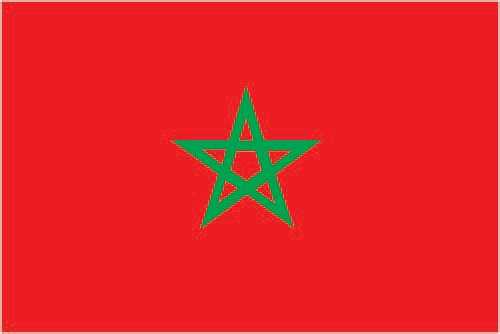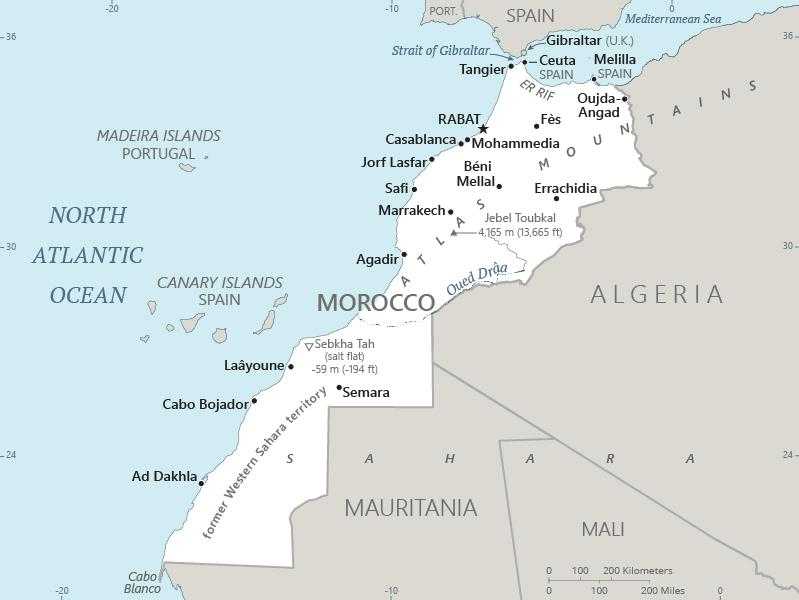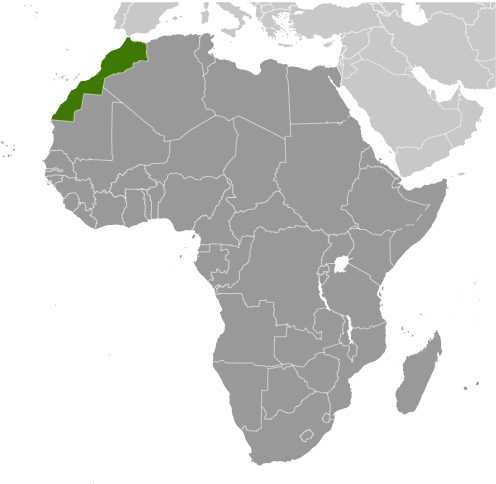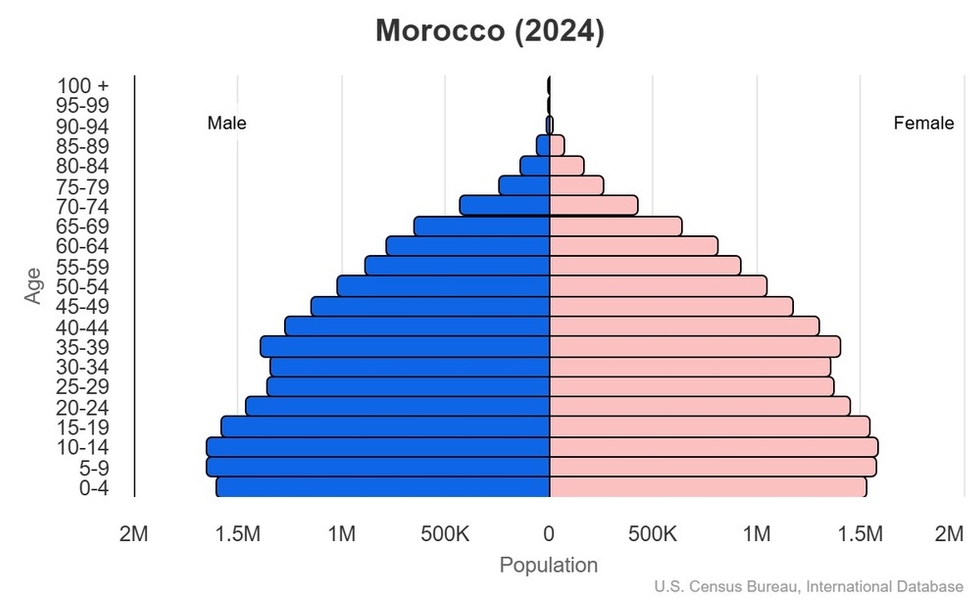Introduction
Visit the Definitions and Notes page to view a description of each topic.
Geography
People and Society
Population
comparison rankings: total 39; male 39; female 40
Languages
Median age
comparison ranking: total 135
Population growth rate
comparison ranking: 108
Birth rate
comparison ranking: 92
Death rate
comparison ranking: 131
Net migration rate
comparison ranking: 163
Maternal mortality ratio
comparison ranking: 79
Infant mortality rate
comparison ranking: total 84
Life expectancy at birth
comparison ranking: total population 145
Total fertility rate
comparison ranking: 80
Obesity - adult prevalence rate
comparison ranking: 44
Alcohol consumption per capita
comparison ranking: total 163
Tobacco use
comparison ranking: total 111
Children under the age of 5 years underweight
comparison ranking: 87
Education expenditure
comparison ranking: Education expenditure (% GDP) 32
Environment
Carbon dioxide emissions
comparison ranking: total emissions 50
Government
Economy
Real GDP (purchasing power parity)
comparison ranking: 58
Real GDP growth rate
comparison ranking: 110
Real GDP per capita
comparison ranking: 150
Inflation rate (consumer prices)
comparison ranking: 20
GDP - composition, by sector of origin
comparison rankings: agriculture 72; industry 97; services 125
Industrial production growth rate
comparison ranking: 45
Labor force
comparison ranking: 48
Unemployment rate
comparison ranking: 142
Youth unemployment rate (ages 15-24)
comparison ranking: total 48
Taxes and other revenues
comparison ranking: 44
Current account balance
comparison ranking: 126
Reserves of foreign exchange and gold
comparison ranking: 53
Debt - external
comparison ranking: 18
Energy
Electricity
comparison rankings: installed generating capacity 56; consumption 61; exports 77; imports 64; transmission/distribution losses 174
Energy consumption per capita
comparison ranking: 127
Communications
Telephones - fixed lines
comparison ranking: total subscriptions 38
Telephones - mobile cellular
comparison ranking: total subscriptions 31
Broadband - fixed subscriptions
comparison ranking: total 57
Transportation
Merchant marine
comparison ranking: total 94




